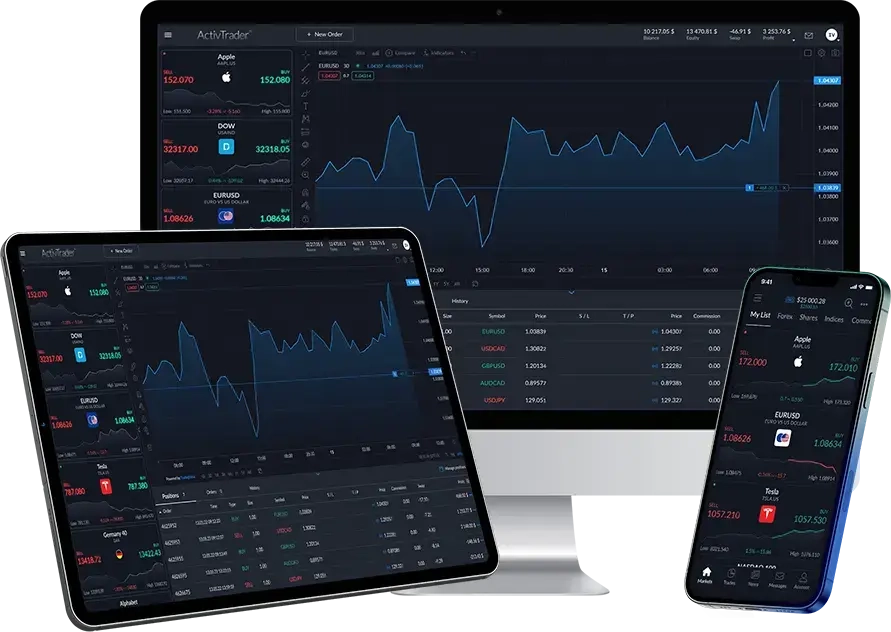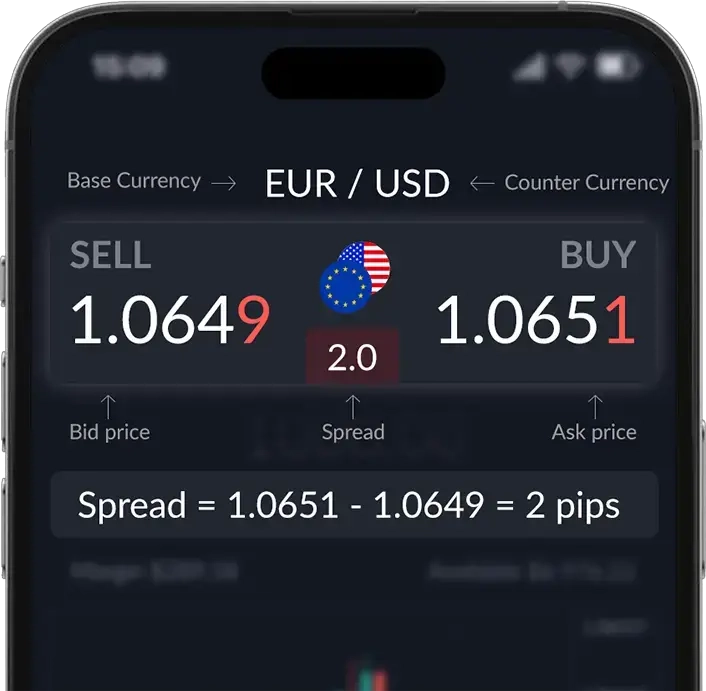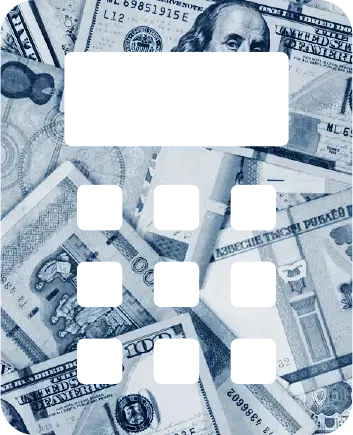
What are spreads?
The counterparty (ActivTrades is always the counterparty in transactions) is accepting the risk of a loss while facilitating the trade, thus the reason ActivTrades will retain a part of each trade – that retained part is called the spread!

Explore our forex spreads

How do you calculate the spread?
Changes in the spread are measured by small price movements called pips – which is any change in the fourth decimal place of a currency pair or second decimal place when trading other assets and currency pairs quoted in JPY and HUF. It is not only the spread that will determine the total cost of your trade, but also the lot size.

How do you calculate your transaction cost?
To work out the cost of a trade itself (not including swaps, commissions etc.), you take the spread and pip value and multiply it by the number of lots that you’re trading:
Trade Cost = Spread X Trade Size X Pip Value
A trade you have opened has 1.2 pips spread. In this example, you’re trading with mini lots which are 10,000 base units. The pip value is at $1, so the transaction cost is $1.20.
As you’ve probably gathered, the bigger the trade, the larger your transaction costs will be!

What are Swaps?
Quite simply, swaps are an overnight interest charge that traders must pay to hold a position open overnight. When a trader wants to keep a position open, they will pay interest on the currency sold, and receive interest on the currency bought. So, the swaps are derived from the interest rates of the countries involved in the currency pair, whether the trader is going long or short and the current market conditions.
Important Swap/Rollover Rate Facts

Swap rates are applied at 00:00 platform time.

Each instrument has its own swap charge and is measured on a standard size of 1 lot.

Swaps are applied each night onto your open positions and when the position is left open it is given a new ‘value date’. In case you have a hedged position, please note that swaps are applied on both legs of the hedged position (long and short). For most instruments, on Friday night, the new value date for a trade held open is changed to Monday. For Forex and Precious Metals instruments, the value date is changed if the open position is held on Wednesday night. Due to this, swaps are charged at triple the rate.

Check your swaps on your MT4 Market Watch panel. You simply right click, select ‘symbols’, select the instrument and then select ‘Properties’.
